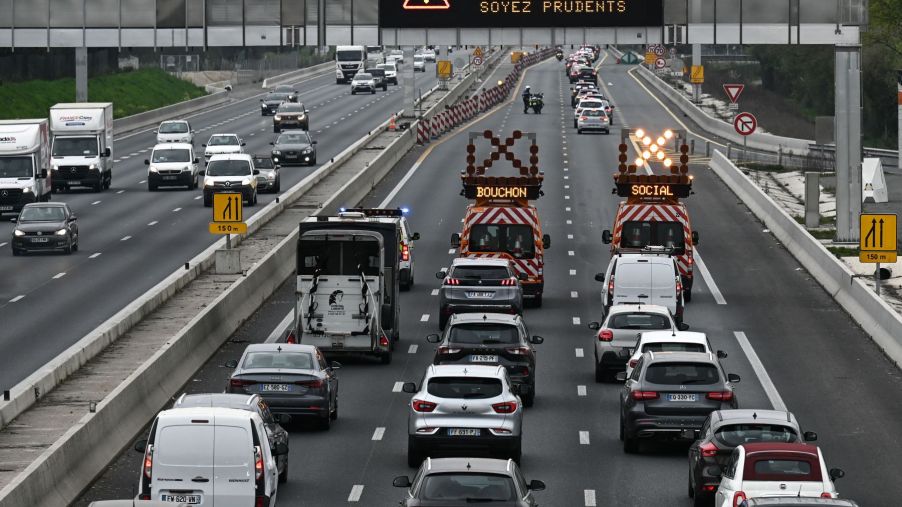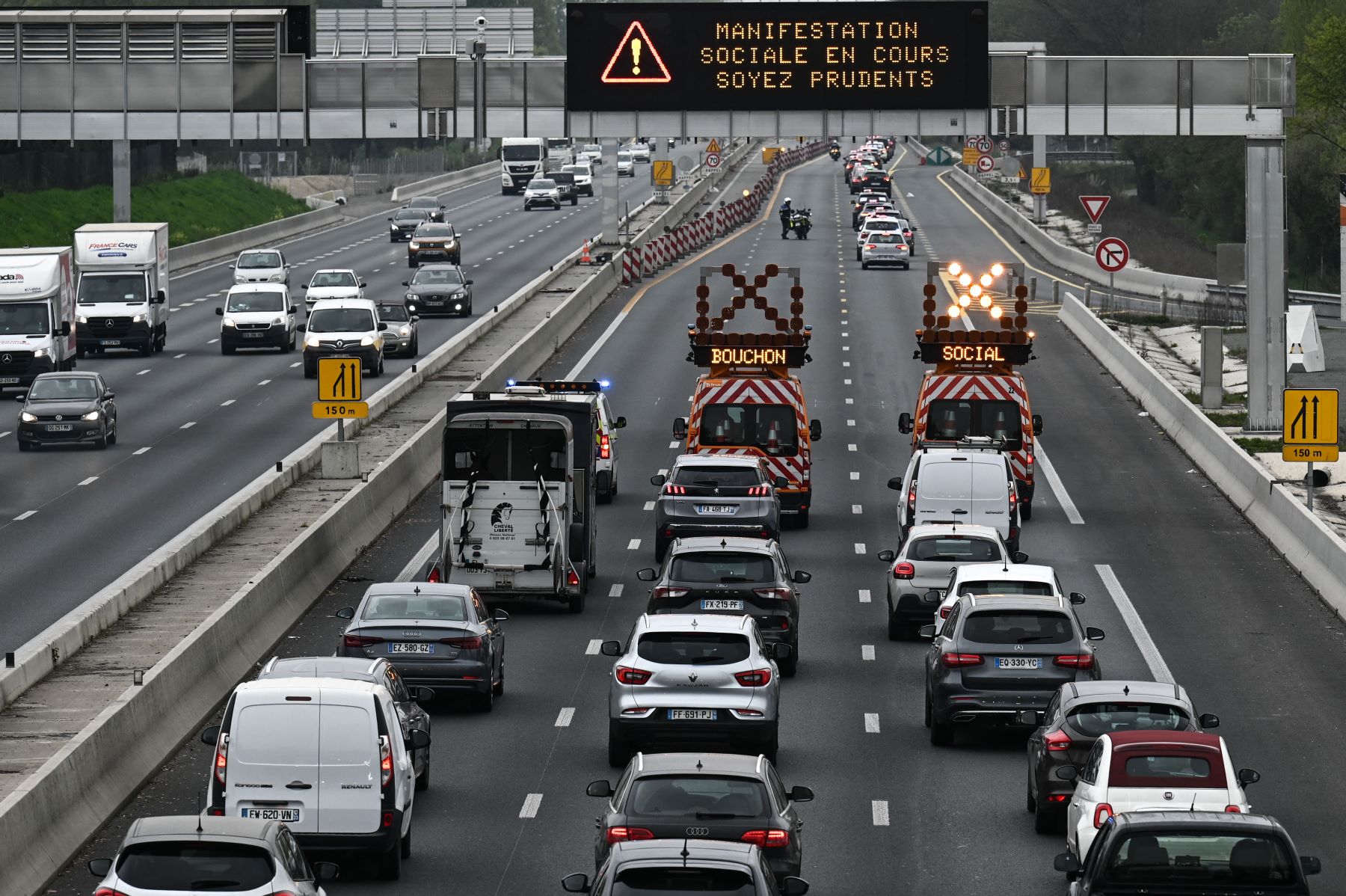
What Does It Take to Get a Top Safety Pick From the Insurance Institute for Highway Safety
For many vehicle buyers, safety is at the top of the must-have list. Several organizations test and rate vehicles, and the Insurance Institute for Highway Safety (IIHS) is one source of info for consumers. The IIHS is a nonprofit that uses research and education to reduce the deaths, injuries, and property damage caused by vehicle crashes. The organization’s top awards are the Top Safety Pick and the Top Safety Pick+. So, what does it take to get a Top Safety Pick from the IIHS?
What the IIHS Top Safety Pick requires

Vehicles that earn the two Top Safety Pick awards have the best safety ratings on the IIHS’s evaluations within their size categories. The Top Safety Pick has been awarded by the IIHS since the 2006 model year, and the Top Safety Pick+ has been awarded since the 2013 model year.
The IIHS uses six different tests to examine a vehicle’s crashworthiness. These are the moderate overlap front, driver-side small overlap front, passenger-side small overlap front, side, roof strength, and head restraints and seats. The IIHS also looks at front crash prevention systems, headlight systems, seat belt reminders, and child seat attachment hardware (called LATCH). These assessments are factored in the six crash tests when the IIHS determines which vehicles earn Top Safety Pick recognitions.
While the requirements change for different model years, for the 2022 model year, a vehicle that earns an IIHS Top Safety Pick needs Good ratings (the highest rating) in all six crashworthiness tests, Advanced or Superior ratings for front crash prevention in both vehicle-to-vehicle and vehicle-to-pedestrian situations, and Acceptable or Good ratings for available headlights. The difference for Top Safety Pick+ vehicles is that headlights much be rated Acceptable or Good and be standard on the base model trim rather being an optional upgrade, explains MotorTrend.
The six IIHS crash safety tests
The IIHS crashes real vehicles with dummies inside in six different crash tests. Three tests check what happens in a frontal crash test: moderate overlap front, driver-side small overlap front, and passenger-side small overlap front. In the moderate overlap front test, the vehicle travels at 40 mph toward a 2-foot-tall barrier. Roughly 40% of the vehicle’s front width on the driver’s side hits the barrier.
In the other two front crash tests, 25% of the vehicle’s width on either side strikes a 5-foot-tall barrier to see what would happen if the car hit a tree or pole. The vehicle’s rating on these three tests is determined by its structural performance, injury measures, and dummy movement.
Side crash tests check the performance of the structure and side airbags in the event the vehicle is hit from the side by an SUV. Ratings are determined by driver and passenger injury measures, head protection, and structural performance.
The roof strength test looks at how the vehicle would do in a rollover crash. It checks whether the roof is strong or likely to crush. The test presses an angled metal plate onto one side of the roof to determine the force (or strength-to-weight ratio) needed to crush the roof 5 inches.
The head restraint and seat tests see if a vehicle’s design can prevent whiplash and neck injuries. A dummy with a realistic spine is placed in the vehicle’s seat, which is then put on a sled before a rear impact is simulated. Results from these six crashworthiness tests, and the front crash prevention and headlight ratings, determine whether a vehicle earns a Top Safety Pick or Top Safety Pick+ designation.
The importance of the IIHS tests and ratings
The tests and ratings from the IIHS help both consumers and manufacturers. For example, the return of the Ford Bronco was met with plenty of excitement and lots of demand. However, the IIHS found that the new 2021 Bronco fell short with its headlights and head restraints. It did not earn a Top Safety Pick designation, says J.D. Power. While consumers use this information when deciding whether or not to purchase a vehicle like the 2021 Ford Bronco, manufacturers also can use this information when designing future models.
Safety during a crash and features that help prevent a collision are often crucial to consumers. Looking for a vehicle that is a Top Safety Pick or Top Safety Pick+ winner can help bring this peace of mind.


